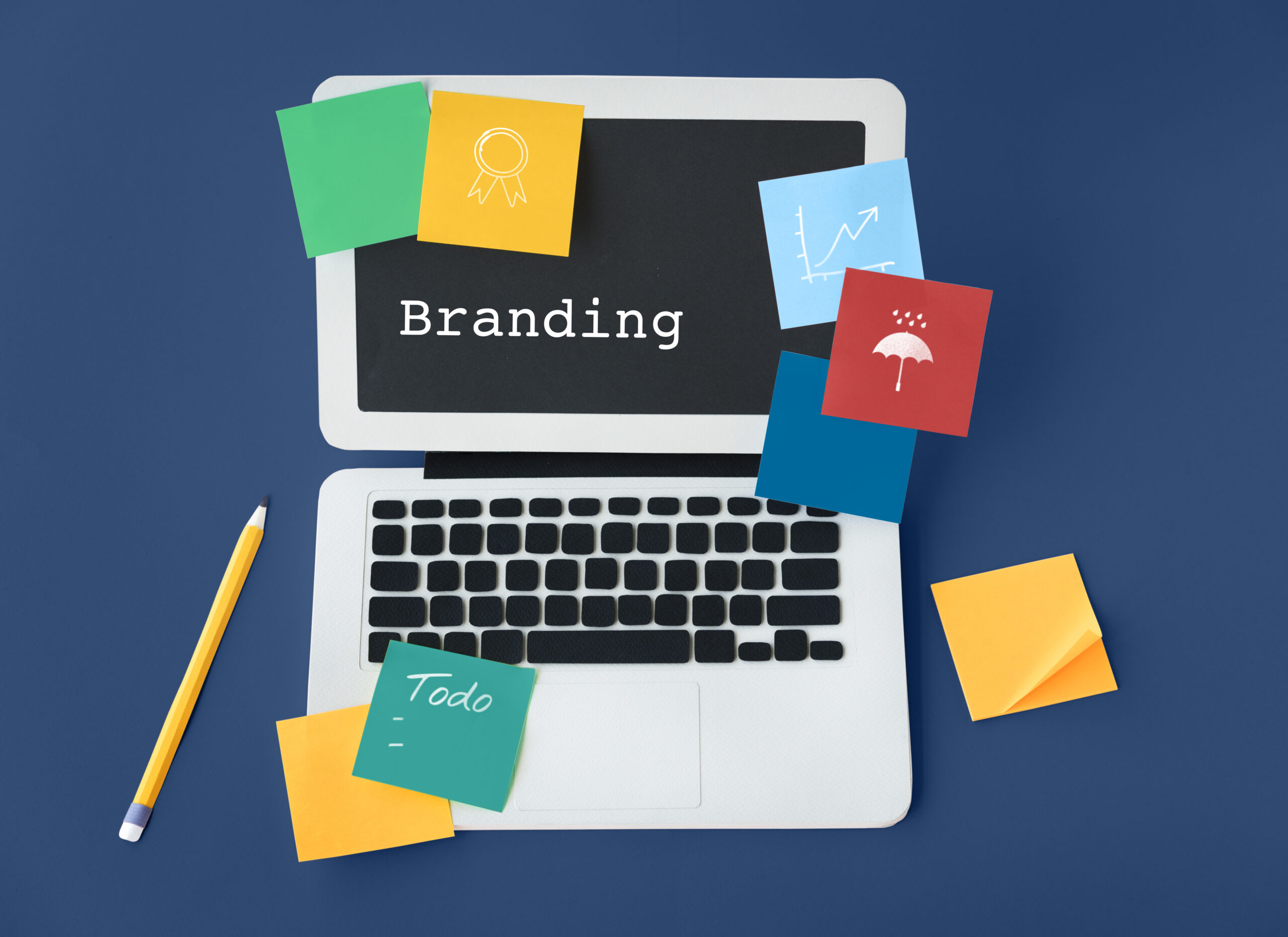People all around the world speak thousands of different languages, so why should your content be limited only to English?

From social media graphics to the daily fonts you see in your emails, typography is an understated aspect of good design. Well done typography can draw attention to its effectiveness without overshadowing the product in question.
What is Typography?
Typography is simply how words look or are designed to look. Whether it’s an infographic or a movie poster, typography gives life to the words on your screen. Designers spend a considerable amount of time to accurately represent the relationship between a word’s meaning and its visual reproduction via typography.
Typography involves thoughtful font styles, appearances, and structure that helps the text convey different tones — safe, happy, exciting, and so on. Think about how you use exclamation marks to punctuate your happiness or excitement, or use periods when texting to make your statements more impactful.
The Rise of Multilingual Typography

Now that we’ve established how typography is all around you, it’s important to consider the importance of multilingual typography. Everyone might be comfortable conversing in English (or the native language of the country) but that doesn’t mean they are fully comfortable in only consuming English-language content all the time. 43% of the world’s population is bilingual. Multilingual typography helps to reduce the alienation felt by those who solely see typography in one language.
For instance, in India, a country with over 20 official languages, global companies have started rolling out multilingual content to reach regional audiences. The transformation of brand identities from English to regional languages needs great care. The adaptation of English content into regional language marketing collaterals needs to be done without losing the core characteristics of the original brand identity.
Forging a Connection
When designing a logotype — a picture made up of letters — designers carefully select and/or create a typographic style that represents the brand perfectly. To capture the true essence of the brand, designers infuse authenticity into the script they’re working with. Whether a brand is youthful or classic, one with a strong legacy or a modern vibe, the typography needs to convey the same in a visually appealing way. Any brand’s success depends on the social, cultural, and emotional connect it has with its audience. Great design helps foster this connection on a subconscious yet visual level.
Earlier, it was difficult for common people to type in regional language scripts unless they were fluent in both reading and writing the script. Fonts like Akruti Typeface or Shree Lipi Typeface have existed for quite some time, but there is a distinctly visible difference in the characters, weight, look, and feel of the typeface and the current high-quality multilingual typography made by designers.
Undertaking Multilingual Typography
Languages follow different scripts, so there are a lot of new elements when a designer first creates multilingual typefaces. Differences in the number of alphabets, vowels, consonants, and conjuncts, especially with phonetically-heavy languages need to be accurately understood for an authentic depiction.

Every language has a different anatomy — the grid, the spacing, the character are all different. Even for languages that use the same or similar scripts like Hindi/Marathi or English/Spanish/German, there are tiny details that need to be accurately replicated in type. When adapting the logotype from one script to another, it’s important to adapt the essence of the typeface rather than simply replicate its form. Finding a ‘common visual grammar’ that matches the axis (tilt), modulation (variation in the width of strokes), and apertures (enclosed, interior spaces) of letters to create a consistent appearance while preserving the dominant features of each script is the key to creating good multilingual typography.
Simply using different language fonts on your products is the equivalent of using google translate to draft important letters — the potential for errors is high and you can drive away your audience who will be able to spot mistakes in their native languages easily.
Consumer Psychology and Typography
People take great pride in the languages they speak and understand. For many, it’s a representation of their culture and upbringing. There is a significant emotional aspect when it comes to reading and consuming content in native and mother tongues.

Multilingual typography forms a bridge to bring users the kind of content that they want. If you want your brand to stand out, advertising and marketing collaterals that include multilingual typography will open up a new user base while setting you apart from your competitors.
Build Trust Through Typography
Taking the time, effort, and energy to bring onboard designers skilled in multilingual typography for your projects says that you care about transcending linguistic limitations. Your product and service are bound to witness more engagement if you advertise in multiple languages since this ensures that you are expanding your user base.
After all, isn’t there something to be said about trust? We subconsciously trust people who speak our native language in a place where everyone is speaking in English. They remind us of home and safety. Striving to capture the essence of that trust and safety through multilingual typography is a great way to get people to love your brand.
Follow our blog to read about how India is a prime example of the need for multilingual typography in our next post!
Check out some of our case studies:
Disney+Hotstar | IBM TechData | Kaggle by Google | DHL
Follow us:
Instagram | Twitter | LinkedIn | Dribble
P.S. We’re also expanding our services to include Branding, so remember to check back in soon!













